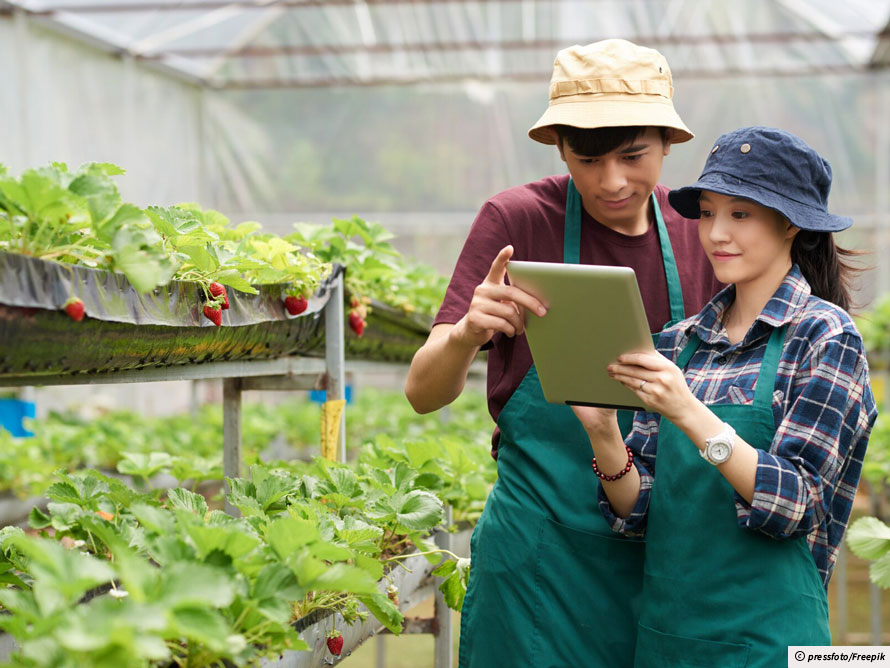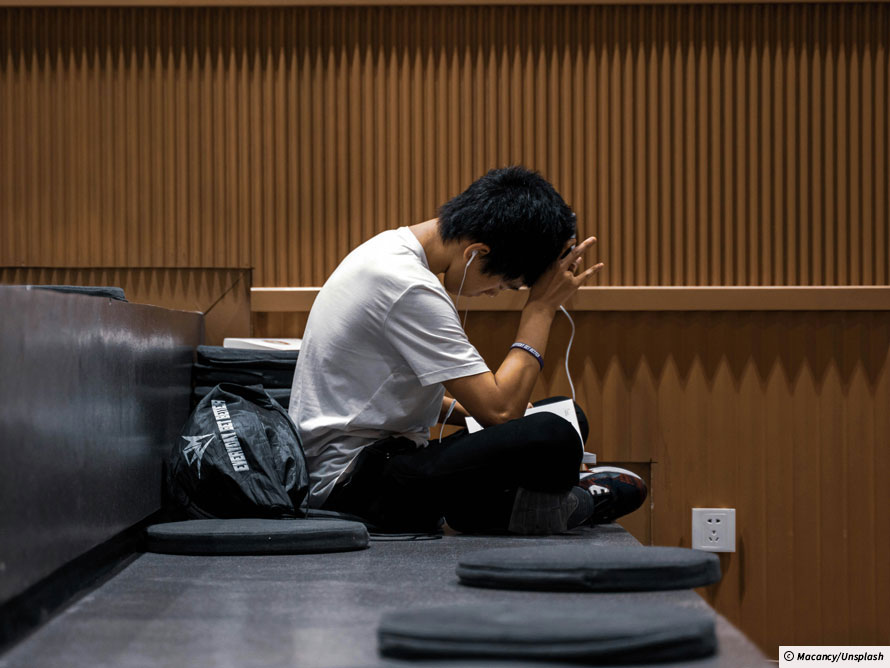A focus on quality rather than quantity could save this island nation’s urban agriculture industry, says Ryoji Amano, 16, from Chatsworth International School.
SingaporeA country in South East Asia, with a population of just under six million.’s agricultural industry struggles thanks to financial instability and stiff competition from other countries.
To combat this, the government has actively promoted and invested a lot in recent years in urban agriculture to increase local food production. This has included vertical farming and hydroponicsThe process of growing plants in sand, gravel or liquid with added nutrients rather than soil. , with the emphasis very much on space efficiency and low carbon emissionsThings that are released, such as gases, as part of a process. E.g. greenhouse gases. .
The Singaporean government has additionally taken measures to support the industry by introducing the “30-by-30 goal”, the aim of which is to achieve 30% food self-sufficiency by the year 2030.
As perfect and on track as it seems, problems still exist. The biggest struggle lies in financial inefficiency, particularly in “high-risk low-return” investments, with farms seemingly prioritising technology and produce quantity over the quality of the food produced.
As a consequence, many farms in Singapore struggle financially. The news channel CNA reports that, despite local produce comprising 10% of the city state’s fresh produce consumption, it only generates 163.4m SGD (£94m); or 0.03% of Singapore’s total GDP.
Additionally, when the Singaporean government chose to support local agriculture to the tune of more than 150m SGD (£86m), this resulted in a eight per cent drop in the production of seafood and a 15% reduction in the production of vegetables by 15%, a situation blamed on increased workforce, energy and water costs.
Yet could Singapore’s agriculture industry survive without government intervention?
The answer is, no. However, I believe that a shift in emphasis could mark a turnaround for the Singaporean agricultural industry: a shift away from maximising quantity and a focus instead on improving the quality of locally grown produce. It is a move that actively faces up to the harsh competition with quality produce from countries like China and Indonesia.
Some countries, such as Japan, have long taken this approach, in an attempt to optimise returns from their relatively small amount of productive land. Japan is now well-known for its expensive, yet high-quality fruit and vegetables. Moreover, farmers in Japan have a more stable income than those elsewhere, and a food self-sufficiency of 38%: much higher than Singapore’s.
While this would be a long process of chasing perfection through cross-breeding and trial and error, I believe that it could be achieved. This is because Singapore is a country where science is revered,
and many world-class research institutes and laboratories are located.
The long-term effects of such an approach in terms of improved food security and the provision of
meaningful work would, I am confident, overshadow the short-term costs. While agriculture is a small industry in Singapore, there is much we can work on, and it is definitely not about being flashy with technology, just to produce the same fish and vegetables we already import from other countries. Let’s produce superior-quality food. It may require extensive research and development, but with innovative solutions and the right investment, Singapore could redefine the global perception of urban agriculture.
Interested in submitting your own Student Voices article or video? Find out more about submitting your own piece to Student Voices and the Global Young Journalist Awards here.
Keywords
Singapore – A country in South East Asia, with a population of just under six million.
Hydroponics – The process of growing plants in sand, gravel or liquid with added nutrients rather than soil.
Emissions – Things that are released, such as gases, as part of a process. E.g. greenhouse gases.
Cite
While every effort has been made to follow citation style rules, there may be some discrepancies. Please refer to the appropriate style manual or other sources if you have any questions.













